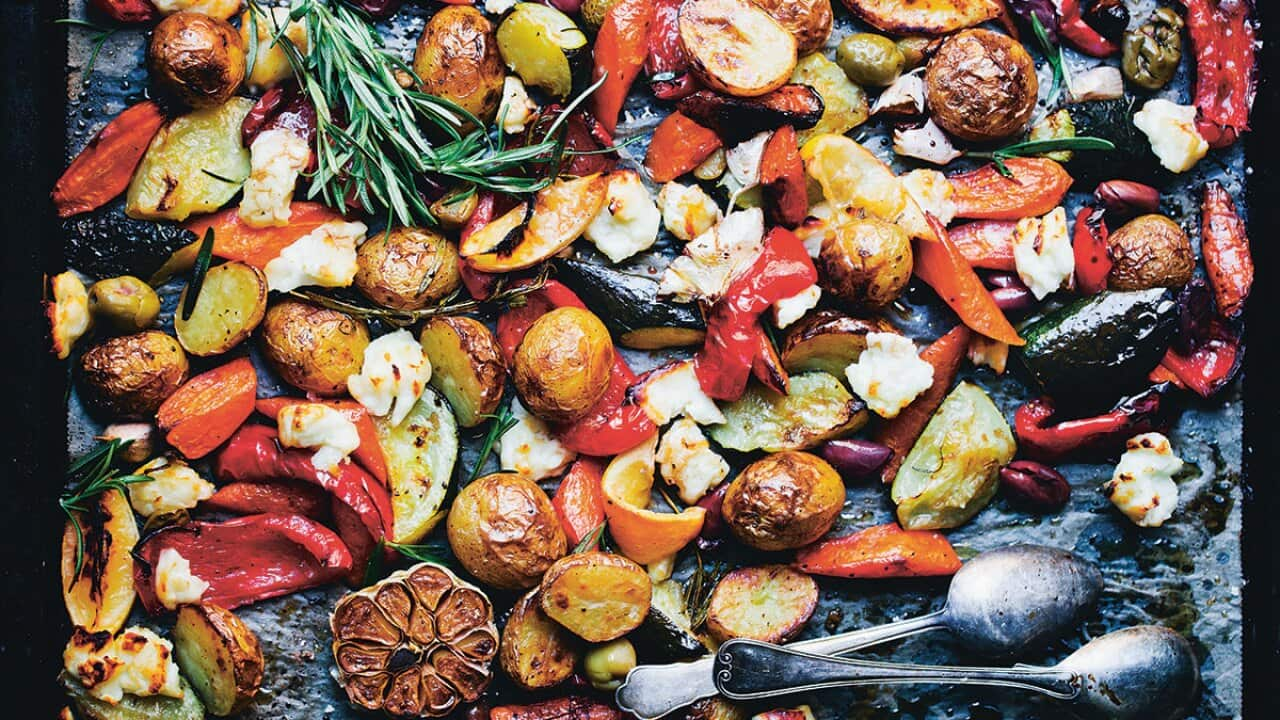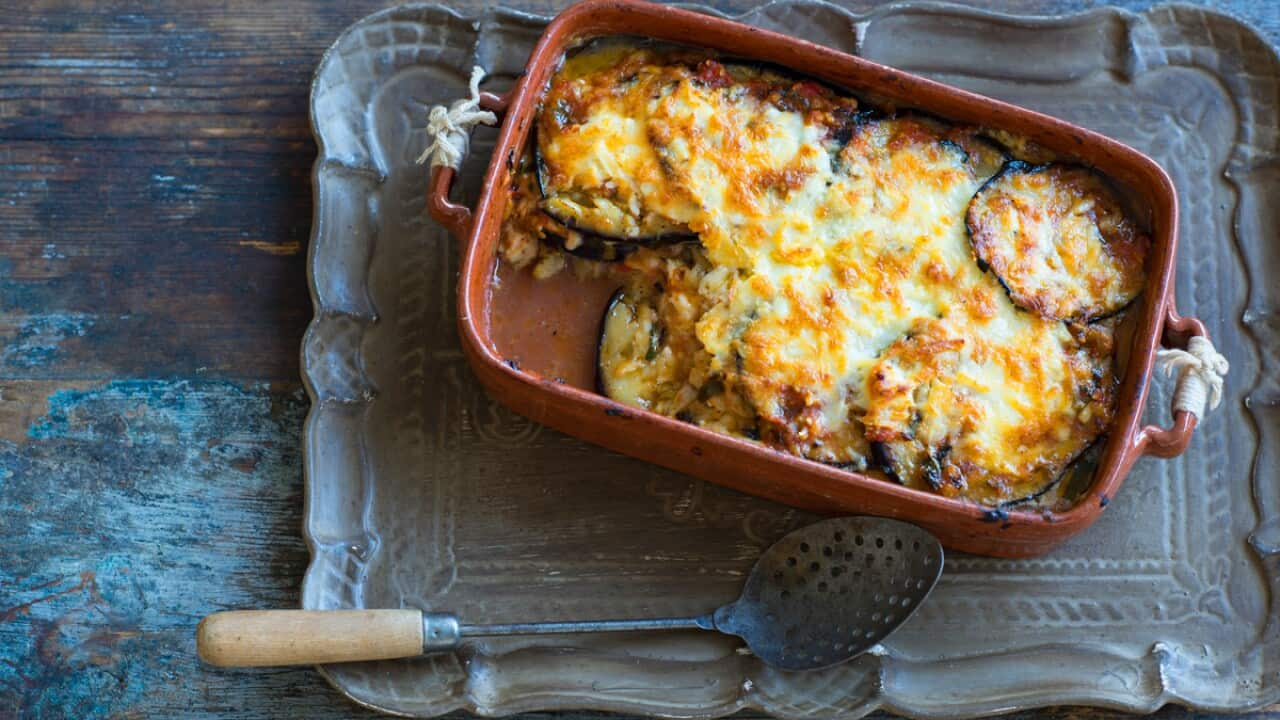Making cheese is one of those miracle moments. The transformation of liquid to solid. The flavour of homemade cheese. The sensual action involved in making curds and whey (and you don’t even need a tuffet).
One of the easiest cheeses to start with is haloumi. It’s forgiving. It’s cooked after making, so you don’t have to be as fussy with your techniques as some cheeses. It doesn’t have a natural rind (like a white mould cheese, or old fashioned clothbound cheddar), but rather stored in brine or in plastic, making it less of a burden post-making (no need for turning, rubbing, and monitoring).
You can make haloumi on a campfire. All you need is fresh (ideally unhomogenised) milk, some junket tablets, and salt. It’s a quickly made curd, which is then pressed so it forms a solid curd, that is then sliced and poached in its own whey. The resultant cheese can be seared on a barbecue or in a pan, tossed in a salad, or simply served as you would a piece of meat. But a few pointers don’t hurt. There are plenty of recipes out there on the internet, and watching a video on how to cut the curds would be a good help, too, if you’ve never seen it done before.

Haloumi with baba ganoush and pomegranate dressing Source: Alan Benson
Get everything ready before you start.
And make sure it’s all clean and, ideally, sanitised. That means it’s had boiling water tipped over it to kill bugs. You’ll need a decent-sized (5 L) saucepan. A colander or sieve. Clean cloths to use for draining. A long-handled knife or palette knife (I tend to use a bread knife). A slotted spoon. A thermometer (but you can get away without – see below). Freshwater, the salt, junket (or rennet), and the milk.
Go for the cream on top
Yes, the old fashioned milk, the one where the cream comes to the top of the bottle, is far better for making all cheese. It’s available in most decent shops these days, and it tastes better, looks yellower, and is absorbed into your body differently, too.
Worry about cleanliness. But don’t stress.
You don’t want to unnecessarily add bugs to your cheesemaking, but this cheese is cooked shortly after making, which does help fix any problems you create earlier. I wouldn’t make Camembert in the open, by a campfire, or in the hay shed, but I would make haloumi.

Source: Gourmet Farmer
Worry about temperature. But don’t be overly pedantic.
You want to heat your milk to about blood temperature, about 36-38°C. But if you don’t have a good quality food thermometer, you can test this by using your hand.
I like to heat my milk in a double boiler – putting one pot containing the milk, inside another that has water in. This heats the milk more gently, avoiding scorching. And if you dip your finger in the water, and it feels neither hot, nor cold, but the same as your finger, then you know it is the right temperature – this water will then transfer the same warmth to the milk – and what’s more, the larger volume of warm liquid helps maintain the right temperature while the curds set. Using the water bath means you don’t have to dip your finger in the milk, either!
Use multiple tea towels over the lid of the pot to keep the milk warm, too, for the hour or so it takes to create some curds.
Don’t get overheated
Haloumi is made by creating some curds, pressing the curds so they knit together well, then cutting the solid cheese into slices. The aim then is to poach these curds in the whey – the liquid that comes out of the curds when you cut and press them. The trick is not to boil the whey. Heat it to about 90°C (which is just below boiling point) and poach the slices of cheese in this whey until they float to the surface. Boiled cheese runs the risk of falling apart or becoming too rubbery.
You’ll get better
Cheesemaking, like any skill, is something you can spend a lifetime trying to really master. But haloumi is usually a good place to start, and you’ll get more feel for cutting and pressing curds as you get more practice. And the good thing is, whatever your result, you can manage to recreate something tasty you can keep improving on.

Matthew Evans homemade haloumi Source: Gourmet Farmer











